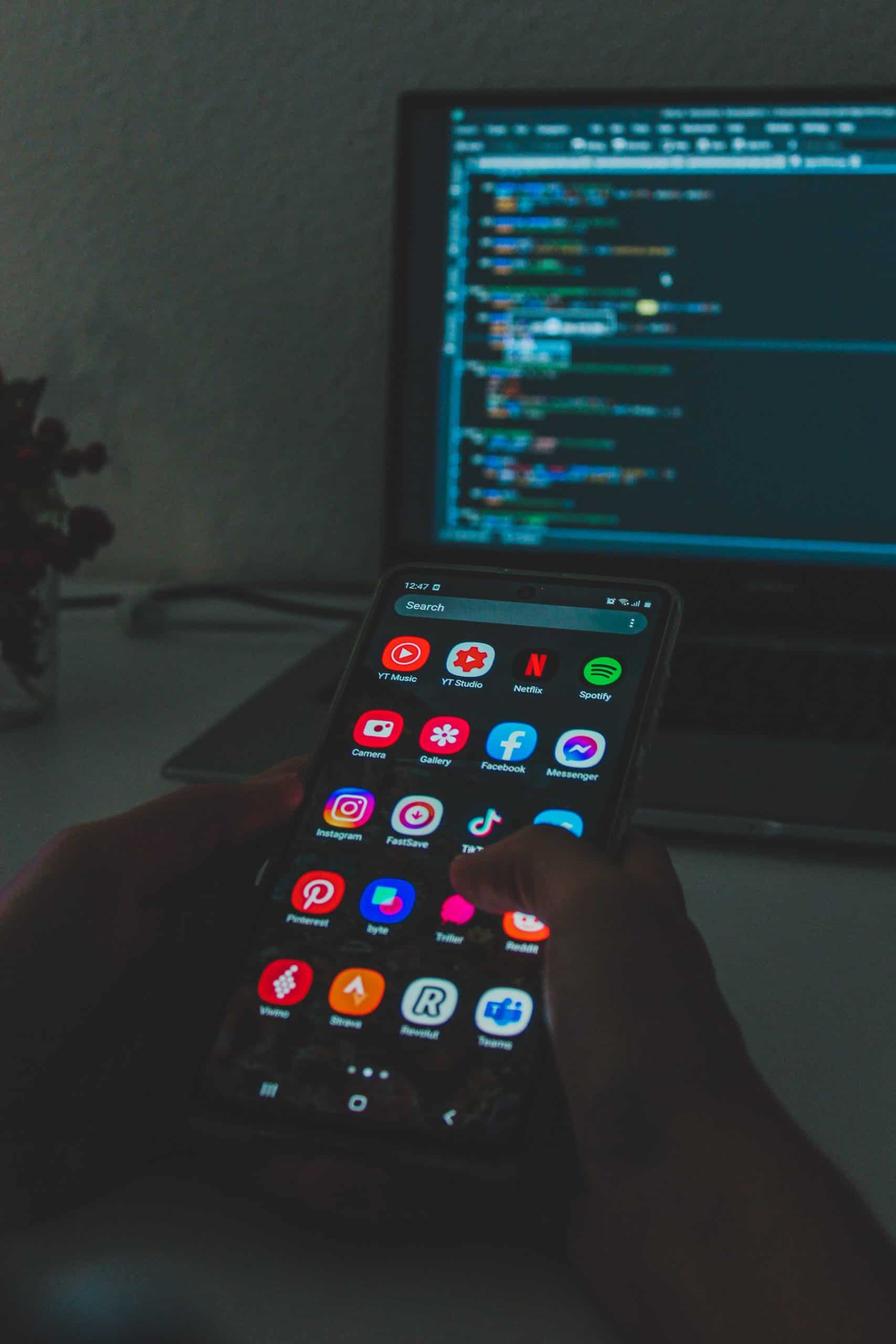Android is one of the most popular mobile operating systems in the world and has a large share of the global market. This makes developing apps for Android a great opportunity for aspiring programmers. In this article, we will discuss how to develop Android apps from setting up the development environment to creating your first app. We will go over key concepts such as different types of layouts and activities as well as providing debugging tips.
Developing Apps for Android
First, before developing any app, it is important to have a clear idea of what the app should do and who its target audience is. Once this is established, developers can choose from a variety of programming languages such as Java or Kotlin to start building the Android application. There are also several integrated development environments (IDEs) available for Android development including Android Studio, Eclipse, and IntelliJ IDEA.
It is important to note that Android apps must adhere to certain guidelines and standards set by Google to ensure compatibility with different devices and versions of the Android operating system. Developers can access these guidelines through Google’s official website.
Testing an app thoroughly before launching it on the Google Play Store is crucial as well. This involves testing the user experience, functionality, performance, and security features of the app across different devices using emulators or physical devices. Finally, once all testing has been completed and any bugs fixed, developers can submit their finished app to the Google Play Store for users to download and use.

Prerequisites: Basic Skills, Tools
Basic skills and tools are the prerequisites to develop Android apps. Firstly, the basic skills required include knowledge of programming languages such as Java or Kotlin, understanding of Object-Oriented Programming (OOP) concepts, and familiarity with XML markup language. It is crucial to have a solid foundation in these areas before diving into Android app development. Furthermore, mastering debugging techniques and problem-solving abilities are also essential for successful app development.
Secondly, having the right tools is equally important when it comes to developing Android apps. The most important tool for an Android developer is Android Studio – Google’s official Integrated Development Environment (IDE). Along with this, developers should also have a good text editor like Sublime Text or Visual Studio Code to edit codes quickly and efficiently. Additionally, using version control systems like Git can help manage code changes effectively.
In conclusion, possessing basic skills in programming languages and OOP concepts coupled with having the right set of tools is crucial for anyone looking to develop apps for the Android platform. These prerequisites will not only help developers create high-quality software but will also make their work more efficient and productive.

Design Considerations: UI, UX
When developing an app for Android, there are several design considerations to keep in mind. Two of the most important factors in app design are UI (User Interface) and UX (User Experience). UI refers to the visual elements that users interact with on screen, such as buttons, menus, and text fields. A well-designed UI should be intuitive and easy to navigate, making it easy for users to find what they need.
UX is more about the overall experience of using an app. This includes things like how quickly pages load, how easily users can navigate between screens or features, and how seamless the user’s interactions with the app feel. To create a great UX, designers need to think carefully about every aspect of their app’s functionality.
In short, designing an Android app requires careful attention to both UI and UX considerations. By focusing on creating a clean visual interface that makes it easy for users to navigate your app’s features intuitively while ensuring optimal performance throughout every interaction cycle will help deliver a great user experience with your product.
Coding Language: Java, Kotlin
Java is the most commonly used coding language for Android app development. It is a powerful and versatile language that provides developers with a wide range of tools and libraries to build high-quality apps. Additionally, Java has a large community of developers who contribute to its development, so there are always plenty of resources available to help you learn and use it effectively.
Kotlin, on the other hand, is a relatively new programming language that has quickly gained popularity among Android developers due to its clean syntax, reduced boilerplate code, and enhanced performance. Kotlin was designed specifically for Android app development by JetBrains, the company behind IntelliJ IDEA (a popular integrated development environment). As such, Kotlin provides seamless integration with existing Java codebases and libraries.
Both Java and Kotlin have their own strengths and weaknesses when it comes to developing Android apps. While Java remains the industry standard for building robust apps with complex functionality, Kotlin offers an alternative that is simpler to read and write while still providing high performance. Ultimately, choosing between these two languages depends on your personal preference as well as the specific requirements of your project.

Testing and Debugging
When developing apps for Android, testing and debugging are crucial steps to ensure that the app runs smoothly and meets user expectations. Testing involves verifying each component of the app to make sure that it performs as expected under different scenarios. Developers can use automated testing tools or manually test the app on a variety of devices to identify issues.
Debugging is the process of identifying and fixing errors in code when something goes wrong with the app. It involves tracing through code, analyzing log files, and using debugging tools to isolate the problem area. Once identified, developers can implement a fix and retest until all issues have been resolved.
It’s important to note that testing and debugging should be ongoing throughout the development process, not just at the end. This allows developers to catch issues early on before they become major problems in later stages of development or after release. By prioritizing these steps, developers can create high-quality Android apps with minimal bugs or issues for users to encounter.

Publishing App
Developing a publishing app for Android requires expertise in programming languages, such as Java and Kotlin, as well as knowledge of the Android software development kit (SDK). The SDK provides developers with tools to create visually appealing user interfaces and access device hardware, including camera and GPS. In addition, developers must be proficient in using Integrated Development Environments (IDEs) like Android Studio to write and test code.
Before developing an app, it is essential to conduct market research to identify what users need from the app. This research will help you understand what features your publishing app should have. It is also important to consider the design elements of your app carefully. A well-designed publishing app that is easy to navigate can make all the difference when it comes to user adoption.
Once you have developed your publishing app, you need to test it extensively before releasing it into the market. You can beta-test your app by releasing it exclusively for a select group of users who provide feedback on its functionality and usability. Once all bugs are ironed out, you can release your publishing app on Google Play Store or any other third-party platforms available for Android devices.
Conclusion
In conclusion, developing apps for Android can be a challenging yet rewarding experience. With the right tools and resources, anyone can create their own app and publish it on the Google Play Store. It is important to keep in mind that creating an app is not a one-time task; it requires continuous updates and maintenance to ensure that it runs smoothly.
Furthermore, testing your app rigorously before launching it is crucial to avoid bugs and crashes. You should also consider seeking feedback from beta testers or early adopters to help you identify any issues.
Finally, marketing your app effectively can make all the difference in its success. Utilizing social media platforms, search engine optimization techniques, and paid advertising can help increase visibility and drive downloads. Overall, by following these steps and staying committed to your vision, you can develop a successful Android app that meets the needs of your target audience.